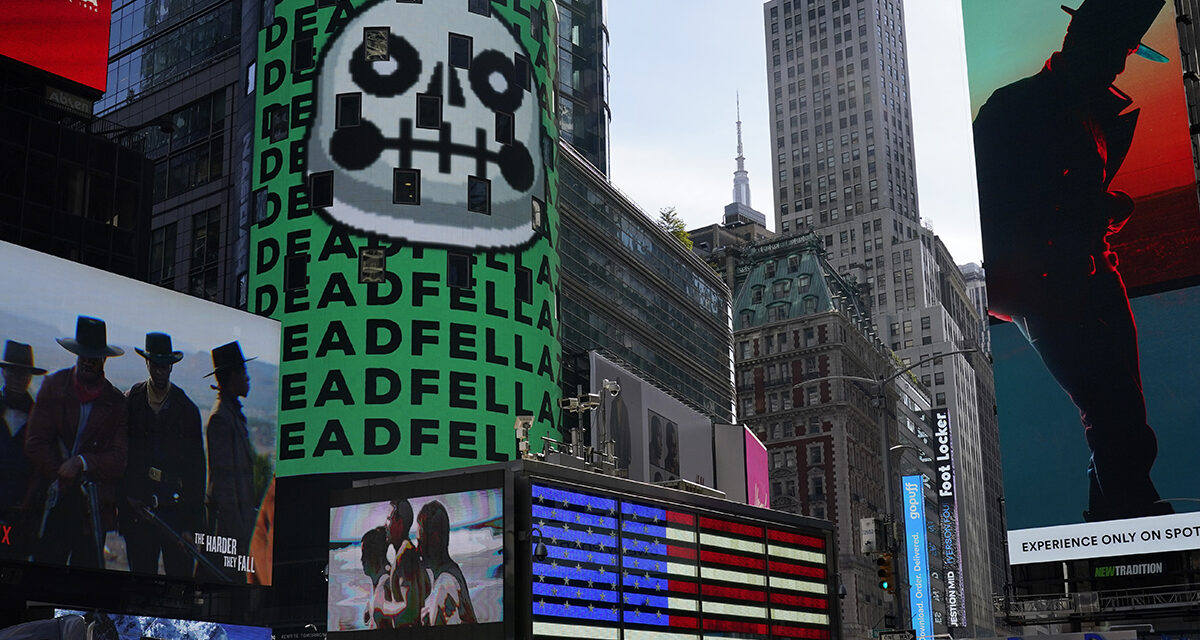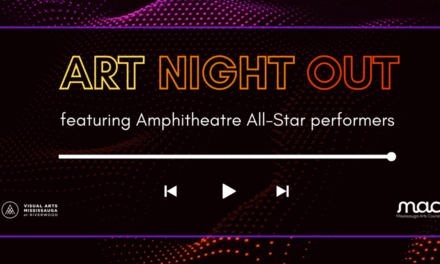Originally published on artsnews.com on December 28, 2021. Written by Shanti Escalante-de Mattei
“A year has gone by since NFTs entered mainstream culture. Earlier this week, we brought you an article on the NFT highlights of 2021. For those who haven’t quite figured it out over the past 12 months, we’ve put together a refresher course in the basics.
What is an NFT?
An NFT, which stands for non-fungible token, is a unique unit of data employing technology that allows digital content—from videos to songs to images—to become logged and authenticated on cryptocurrency blockchains, primarily Ethereum. Once content is logged onto the blockchain, every transaction from transfers to sales is recorded on-chain, creating an easily accessible ledger of provenance and price history. The main impact of NFTs is making it easy to own and sell digital content. Previously, for example, digital artists could build up large followings on social media, attract freelance commercial work, and maybe sell prints and other merch with their designs, but they had trouble monetizing digital art directly, as consumers asked, Why should I buy what I can screenshot for free?
While the technology behind NFTs made it easy to trade and sell images online, it is really the NFT community that has to be credited with creating a market for these digital assets, because technically, as many detractors point out, digital images that have been turned into NFTs can still be saved or screenshot without cost.
How does it work?
Typically, creators (or, if you prefer, artists) will mint their work on an NFT marketplace, which includes platforms like OpenSea, SuperRare, Nifty Gateway, Foundation, and many others. Minting is the act of creating an NFT, which means creating a smart contract that will be stored on the blockchain. The smart contract contains a lot of important information: it lists the creator of the work and ensures that the creator, or other parties, receive royalties each time the NFT is sold.
The ability for artists to collect returns on resale value automatically is part of NFTs’ draw for artists (all platforms make their money by receiving a small percentage of royalties through the smart contract). But the process isn’t perfect: technological glitches can make it so that parties don’t always receive royalties. And a smart contract does not have the legal weight of copyright — it will take a relevant court case to see how the law regards smart contracts.
Smart contracts are stored on blockchain, but the artwork itself is most often not stored on-chain because storing that much data is too laborious and expensive; accordingly, most smart contracts contain a link to the work they represent. This means that many NFTs comprise two parts, the smart contract and the asset itself. This can cause some confusion about where the value actually resides. However, there are works that are not only stored on-chain but are also created using blockchain tech (more on this below).
[Learn more: The ins and outs of NFT technology and its many weaknesses.]
While artists are constantly encouraged by their peers to make big bucks making NFTs of their work, there are obstacles. Perhaps the most prohibitive is that minting an NFT is not free, and its cost increases the more congested the Ethereum network becomes, and the more computational effort is needed to do the job. The financial cost of that necessary computational effort is the “gas fee,” which is constantly fluctuating. Currently, it costs some $70 to mint an NFT on Ethereum. The NFT creator doesn’t always do the minting; certain platforms will offload that process and the subsequent cost to the consumer.
What are some of the issues with NFTs?
While NFTs have had a positive impact on many artists, there isn’t enough data available yet to see if NFTs are benefiting the many or just a select few. Detractors call NFTs a Ponzi scheme. The only comprehensive study of NFTs published so far collected prices from 2017 to April 2021, and reported that $15 was the average sale price of 75 percent of NFTs, with only 1 percent of NFTs reaching prices higher than $1,500. This data, however, should be taken with a grain of salt. It is heavily skewed because the majority of its data points hail from a time before NFTs were adopted at the current scale.
[Learn more: Researcher Andrea Baronchelli breaks down his new NFT research.]
Preventing theft is an ongoing challenge: artists who have held back on creating NFTs have often seen their work minted by unknown parties, and only a few NFT marketplaces verify a piece’s creator before allowing it to sell. Artists who have complained about this issue online have been told to create NFTs of their work just to stop theft, an imperfect solution that has artists feeling as if they’re being forced to create NFTs. Additionally, many artists have refused to create NFTs on moral grounds.
One reason some artists have held back on making NFTs is because they don’t want to profit from the polluting infrastructure of Ethereum. Basically, cryptocurrencies like Ethereum consume immense quantities of power to operate. Currently, a single transaction on Ethereum consumes as much electricity as does a house in a workweek, according to Forbes. While there are alternative cryptocurrencies with a much lower environmental footprint, like Tezos, they have not yet been adopted widely (and the NFT platform built on Tezos recently dissolved). Some NFT platforms buy carbon offsets to mitigate their impact but the actual efficacy of carbon offsets is debatable. The majority of the NFT community has looked past the environmental impacts because Ethereum 2.0 is coming, which will utilize a significantly less polluting infrastructure. It is said to be arriving in early 2022, though its deployment has been “imminent” for years.
Do NFTs constitute an artistic movement? A medium? A genre?
Yes and no. Digital art, new media art, software, and blockchain art all represent genres that take advantage of varying specific digital mediums. Work created through any digital medium, or even traditional mediums, can become an NFT. However, there are cases when an artist will use blockchain and smart contracts to create the artwork itself, and it is in these cases only that NFTs represent a medium. Notably, it is only under these circumstances that the rift between smart contract and artwork are healed, because they are one and the same.
[Learn more: Art Blocks founder Erick Calderon on using blockchain technology creatively.]
Regardless of questions of tech versus medium, it’s also clear that the NFT market has uplifted certain kinds of aesthetics and processes. Artistic values in the NFT community have shifted, expanded, contracted, and evolved again over the past year as collectors, mainly outside the art world, develop their tastes in tandem with the changing market. Collectors are not just building private collections for their own enjoyment. The majority of collectors are more analogous to stock traders, betting on particular collections to rise in value, thus making them perfect for flipping, or as stable stores of value of their cryptocurrency.
[Learn more: New media artist Rachel Rossin on minting her DNA.]
Though we have been discussing NFTs through the lens of art, the majority of content being minted is categorized as gaming and collectibles, though there are large swaths of NFTs where the line between collectibles and artworks are blurred—as in the contemporary, traditional art world. There is a higher profit margin to be found in works sold as art rather than as collectibles, and so long as auction houses, collectors, and other institutions know that, it may be difficult to clarify the boundary between those two categories. But 2021 left little space for wider debate as the baffling and novel market evolved at lightning speed; 2022 might see the art world and the public coming to their own conclusions.”





























